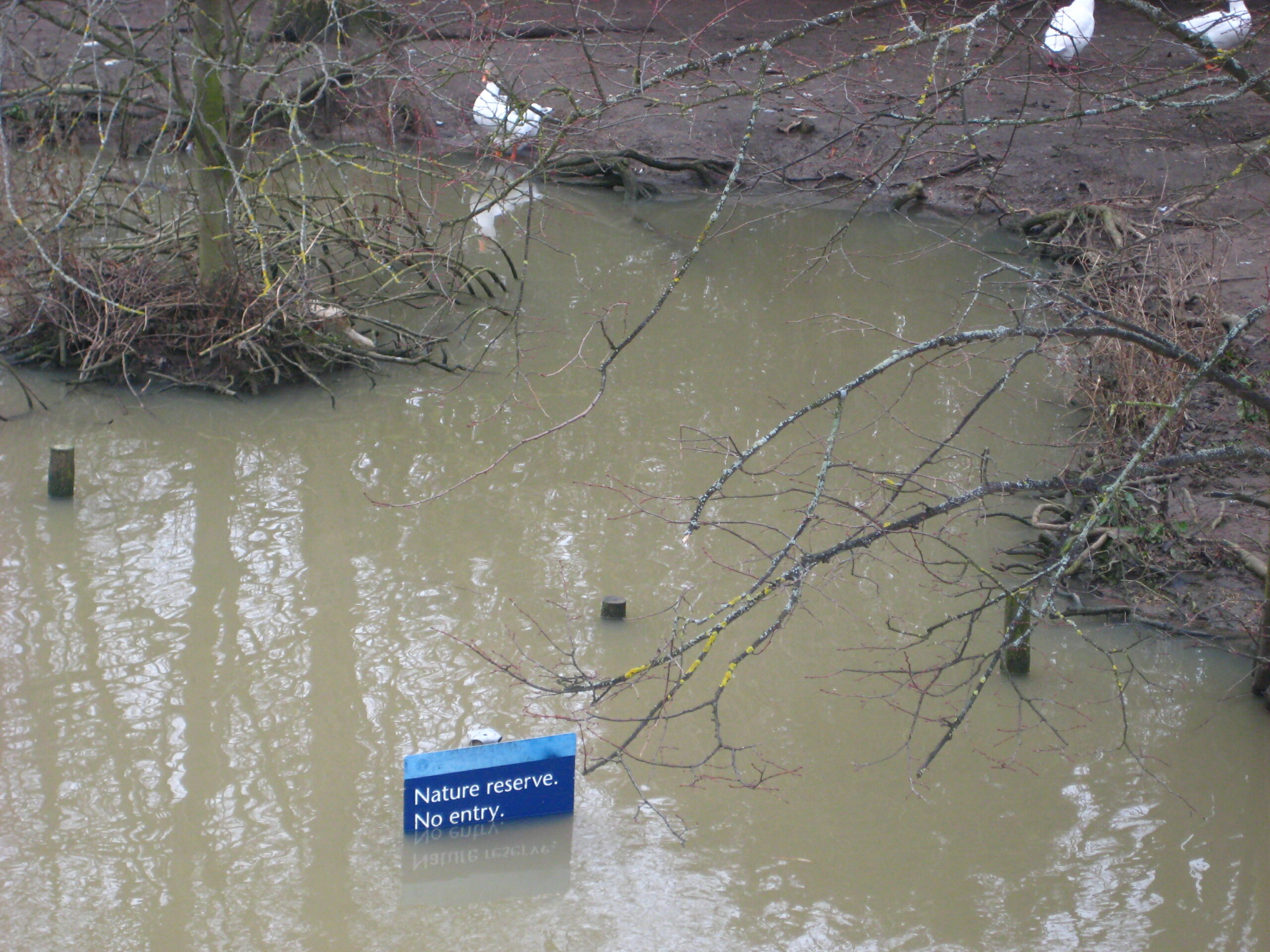In January, the City Council will consider adopting an update to its “Safety Element” which is the local plan for protecting Benicia from physical hazards such as extreme heat, drought and flood events that are likely to occur within the next twenty years from global warming. This action is being taken because the State has mandated that certain information be incorporated into Safety Elements, which are part of the General Plans that cities and counties are required to adopt and maintain. The Benicia Tree Foundation has been monitoring this update process because of the role trees can play in helping Benicia adapt to the extreme heat, drought and flood events that are likely to occur in the future.
Last year the City invited the Benicia Tree Foundation to participate in a stakeholder meeting they organized to understand local experience in dealing with the physical safety hazards the Safety Element must address. These physical hazards are either natural or human-caused, and include floods, earthquakes, landslides, wildfires, extreme heat, droughts, and exposure to hazardous materials. The goal is to reduce the risk of injury, death, property loss, and other hardships to acceptable levels.
Benicia Tree Foundation is considered a stakeholder in the update of the Safety Element because of our partnerships with the City that support the urban forest and implement the City’s Tree Program. Click here for a summary of the stakeholder meeting the C-ity sponsored on November 16, 2021. In November 2022, the City released a draft Safety Element for public review and a Draft Environmental Impact Report (EIR) that evaluated the potential impact of the City’s update the Safety Element on the local environment.
Click here to read the comments on the Draft Safety Element submitted to the City by the Benicia Tree Foundation’s Board of Directors. These comments suggest adding the following actions to the Safety Element:
- Reduce urban air temperatures from extreme heat events by ensuring new development and city improvements include trees that can adequately shade sidewalks, parking and other paved areas;
- Address impacts from floods by installing stormwater detention basins in parks, open space and other city property that can contain runoff from heavy rains;
- Reduce risk from droughts by producing recycled water from the water treatment plant for irrigating landscaping and for other non-potable uses;
- Reduce risk from extreme heat events through various tree planting programs that can increase Benicia’s tree canopy.
Photo for this post is courtesy of SearchCreativeCommons (CC BY 2.0)

